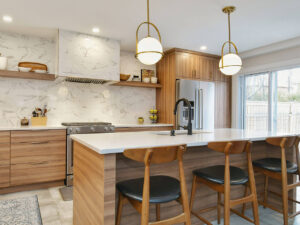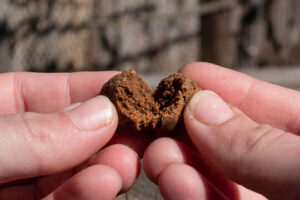What Are The Three Parts Of A Landscape?
Landscape design is the process of conceptualizing and carrying out the design of both public and private gardens, parks, and other natural environments. Fundamental compositional techniques are used in all designs, whether they are seen in a magazine, on a canvas, or in a landscape. You need years of rigorous instruction and honed experience to perfect the art and science of landscape architecture. A balanced landscape must take into account a number of factors, including beauty, environmental health, and practical utility. These design components include line, hardscape, waterscape, and greenscape. The functions of each of these components and how they relate to one another are covered below.
Greenscape:
To create an appealing and eye-catching scene, the greenscape consists of gently sloping hills and slopes covered in grass, large open spaces blanketed in green, walkways lined with trees, and shaded groves. To meet your seed demands, carefully select a high-quality flower, herb, and vegetable seeds. After completing this crucial first step, you can add beds of locally native wildflowers, lovely culinary herbs in pots, and a well-kept, amazing garden plot. You can also look for professional landscaping aid in Milton to assist you in choosing high-quality garden accessories.
Hardscape:
Hardscape can take many different forms, ranging from limestone retaining walls to brick patios, from natural wood decking to rustic wood benches in peaceful rest places, to amazingly constructed arbours, pergolas, and gazebos. Additionally, it serves a number of functions, such as creating walkways that make it simple for people to visit all parts of the property, demarcating gardens and transition areas, providing protection from bad weather, and assisting with proper drainage. A flawless hardscape divides and organizes the green zones, increasing the appearance of the landscape, whether you use natural or artificial materials.
Waterscape:
The harmony between the hardscape and greenscape elements is evoked by the waterscape. Natural features provide elegance to an outdoor setting by reflecting light and the scenery around them, creating motion and calming sounds, and offering a habitat for aquatic plant species. Attractive outdoor fountains, wall fountains that cascade, and separating walls made of water reeds are all examples of waterscape features.






